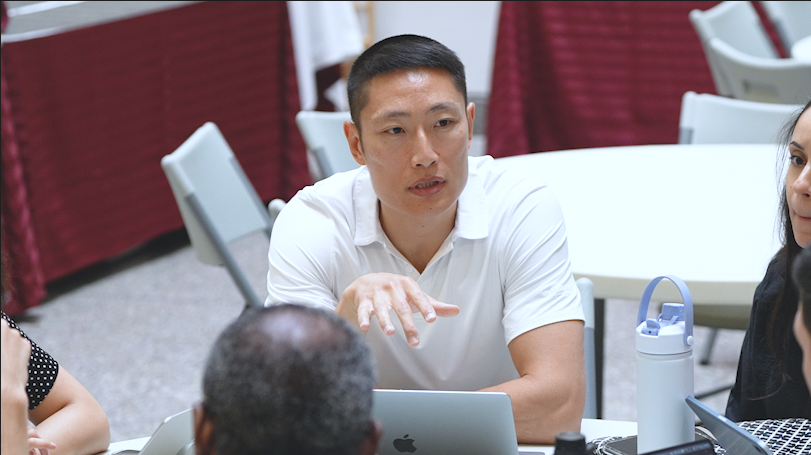Significant disparities in U.S. life expectancy found at census-tract level

For immediate release: July 13, 2020
Boston, MA – Life expectancy in the U.S. varies widely when analyzed at the census-tract level and the method may provide a more detailed picture of health disparities in the U.S. than other widely used analyses of life expectancy, according to new research led by Harvard T.H. Chan School of Public Health. The study is the first to analyze life expectancy data at the census-tract level across the contiguous U.S., as well as at the state and county level.
The findings were published online July 13, 2020 in Proceedings of the National Academy of Sciences (PNAS).
“Our study shows that as far as geographic variation in life expectancy is concerned, it’s a pretty local phenomenon,” said S (Subu) V Subramanian, professor of population health and geography and co-author of the study. “States are also quite important, but counties are not.”
Data on many public health indicators, including life expectancy, is often gathered and analyzed at the county or state level. This is important because legislation, policies, and programs that provide health care, economic assistance, and social services are administered and implemented at both levels. Focusing on counties or states, however, may fail to highlight significant health disparities at the local level.
For this study, the research team analyzed life expectancy data in 65,662 census tracts that were nested in 3,020 counties across 48 states. Census tracts are small geographic units that typically range in population from 1,200 to 8,000 residents.
The analysis identified significant disparities in life expectancy at the census-tract level within counties and states. For instance, at the county level, Allegheny County, Pennsylvania, has a life expectancy of 77.4 years. But the researchers found that the county contained a census tract with a life expectancy of 62 years and another census tract with a life expectancy of 86 years, a 24-year difference. Similarly, at the county level, Chatham County, North Carolina, has a life expectancy of 80.4 years. But it contained a census tract with a life expectancy of 76.2 years and a census tract with a life expectancy of 97.5 years, a 21-year difference.
The researchers also found that socioeconomic and demographic variables, especially education, income, and race, were strongly associated with life expectancy at the census-tract level. Analyzing life expectancy and other public health data at the census-tract level can help illuminate significant local health disparities and aid in the development of better and more targeted public health interventions and policies, according to the researchers.
“By looking at the census-tract level we found large disparities within counties in the U.S.,” said Antonio Fernando Boing, research fellow in the Department of Social and Behavioral Sciences and co-author of the study. “In addition, we observed that socioeconomic conditions explain an important proportion of the between-census tracts variation. These findings reinforce the importance of small geographic units when allocating resources and implementing policies that aim to increase life expectancy in the U.S.”
Other Harvard Chan School researchers who contributed to the study Alexandra Crispim Boing, Jack Cordes, and Rockli Kim.
The National Council of Scientific Development (CNPq) granted financial resources (205120/2018-0).
“Quantifying and explaining variation in life expectancy at census tract-, county-, and state-levels in the US,” Antonio Fernando Boing, Alexandra Crispim Boing, Jack Cordes, Rockli Kim, SV Subramanian, Proceedings of the National Academy of Sciences, online July 13, 2020, doi: 10.1073/pnas.2003719117.
Photo: Hyejin Kang
Visit the Harvard Chan School website for the latest news, press releases, and multimedia offerings.
Nicole Rura
617.432.6141
nrura@hsph.harvard.edu
###
Harvard T.H. Chan School of Public Health brings together dedicated experts from many disciplines to educate new generations of global health leaders and produce powerful ideas that improve the lives and health of people everywhere. As a community of leading scientists, educators, and students, we work together to take innovative ideas from the laboratory to people’s lives—not only making scientific breakthroughs, but also working to change individual behaviors, public policies, and health care practices. Each year, more than 400 faculty members at Harvard Chan School teach 1,000-plus full-time students from around the world and train thousands more through online and executive education courses. Founded in 1913 as the Harvard-MIT School of Health Officers, the School is recognized as America’s oldest professional training program in public health.


